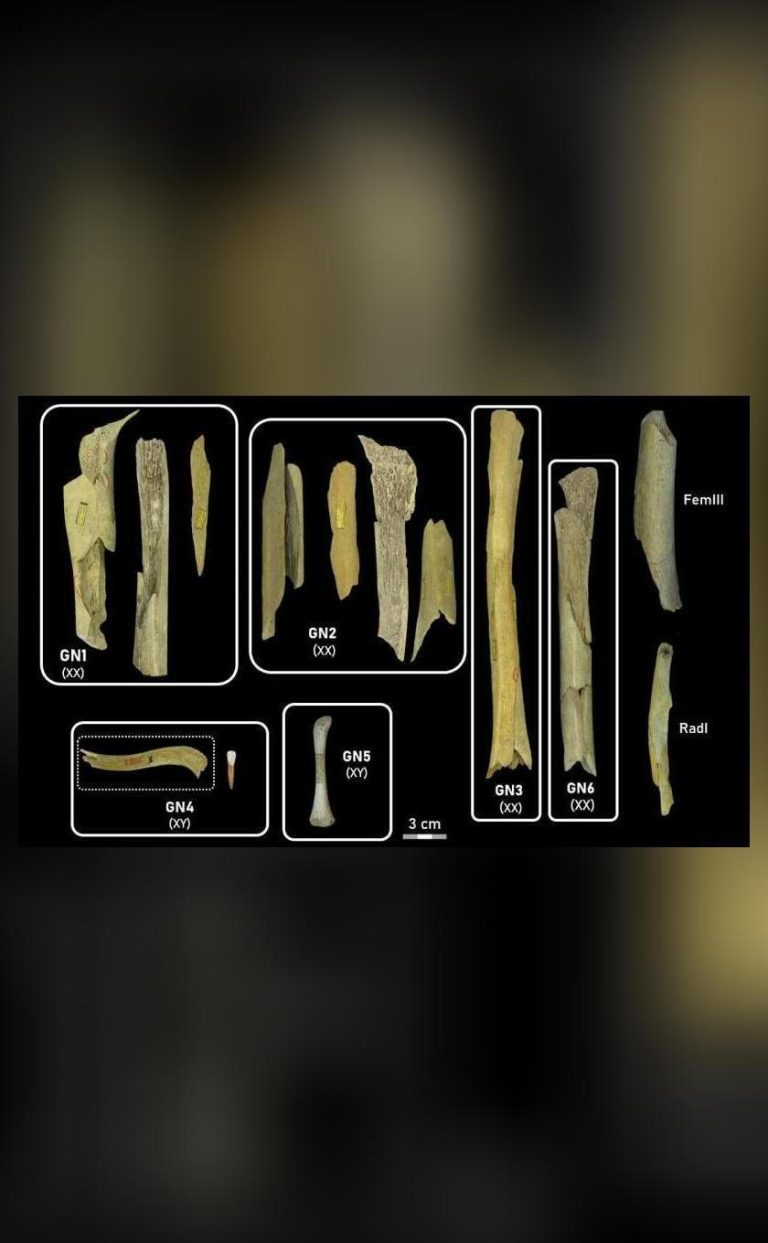
Tiny enzyme discovery offers a new path to safer pain relief
Pain is a universal human experience that can range from mild discomfort to debilitating agony. While pain is a natural response to injury or illness, it can also be a significant burden on daily life, affecting not only physical well-being but also mental health and quality of life. Current pain management options, such as opioids and non-steroidal anti-inflammatory drugs (NSAIDs), can have significant side effects and limitations, highlighting the need for safer and more effective pain relief strategies.
Recently, a breakthrough discovery has shed new light on the complex mechanisms of pain transmission, offering a promising avenue for the development of safer and more precise pain treatments. Researchers have identified a tiny enzyme called VLK (Vaccine-induced Luke’s kinase) that plays a crucial role in triggering pain without affecting movement or normal sensation. This innovative finding has sparked excitement in the scientific community, as it could lead to the creation of novel pain therapies that target the root cause of pain while minimizing side effects.
The discovery of VLK and its role in pain transmission
The study, which was conducted on mice, revealed that neurons release VLK outside the cell, where it triggers pain signals that are transmitted to the brain. Notably, the removal of VLK in mice resulted in a significant reduction in post-surgery pain, suggesting that this enzyme is a key player in the pain transmission process. The researchers were surprised to find that VLK did not affect movement or normal sensation, indicating that it is a highly specific target for pain relief.
The discovery of VLK and its role in pain transmission has significant implications for our understanding of pain mechanisms. It suggests that pain is not simply a response to tissue damage or inflammation, but rather a complex process that involves the coordinated action of multiple cellular and molecular pathways. By targeting VLK, researchers may be able to develop pain therapies that are more precise and effective, with fewer side effects than current treatments.
Potential applications of VLK-based pain therapies
The identification of VLK as a key player in pain transmission opens up new possibilities for the development of safer and more effective pain treatments. By targeting VLK, researchers may be able to create therapies that are tailored to specific types of pain, such as chronic pain, inflammatory pain, or neuropathic pain. These therapies could take the form of small molecule inhibitors, antibodies, or other types of drugs that specifically block the activity of VLK.
One of the most exciting potential applications of VLK-based pain therapies is the treatment of chronic pain. Chronic pain is a debilitating condition that affects millions of people worldwide, and current treatments often have limited efficacy and significant side effects. By targeting VLK, researchers may be able to develop therapies that are more effective and safer than current options, improving the quality of life for people with chronic pain.
Insights into learning and memory pathways
In addition to its role in pain transmission, VLK has also been implicated in learning and memory pathways. The enzyme has been shown to interact with other molecules involved in synaptic plasticity, a process that is critical for learning and memory. This suggests that VLK may play a role in the regulation of learning and memory, and that therapies targeting VLK could have unintended effects on these processes.
Further research is needed to fully understand the role of VLK in learning and memory pathways, but the discovery of this enzyme has already provided new insights into the complex mechanisms of neural function. By exploring the interactions between VLK and other molecules involved in learning and memory, researchers may be able to develop novel therapies that not only target pain but also enhance cognitive function.
Conclusion
The discovery of VLK and its role in pain transmission is a significant breakthrough in the field of pain research. By targeting this tiny enzyme, researchers may be able to develop safer and more effective pain therapies that are tailored to specific types of pain. The potential applications of VLK-based pain therapies are vast, ranging from the treatment of chronic pain to the development of novel therapies for learning and memory disorders.
As researchers continue to explore the mechanisms of VLK and its role in pain transmission, we can expect to see significant advances in our understanding of pain and the development of novel pain therapies. With the potential to improve the lives of millions of people worldwide, the discovery of VLK is a exciting development that holds great promise for the future of pain management.






